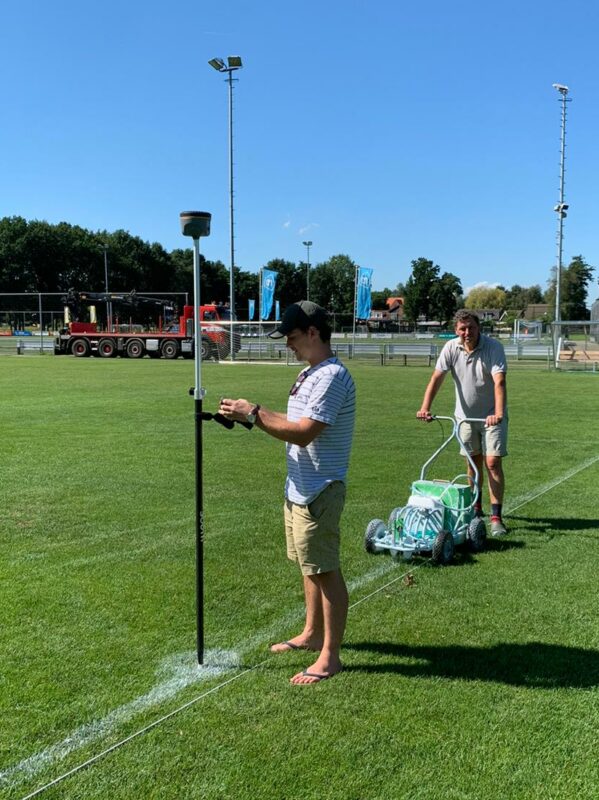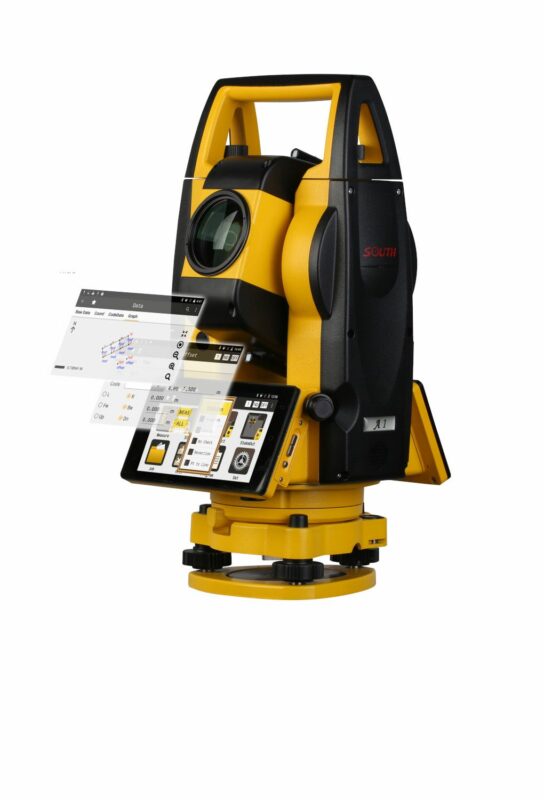LiDAR
Explore the Different Types of Lidar Technology: From Mechanical to Solid-State Lidar
Lidar, which stands for Light Detection and Ranging, is a remote sensing technology that uses laser pulses to measure distances and create detailed 3D maps of the environment. Lidar technology is used in a variety of applications such as self-driving cars, drones, and atmospheric research.
There are several different types of Lidar sensors, each with their own unique features and capabilities. In this article, we will discuss the most common types of Lidar sensors and their applications.
1: Mechanical Lidar
Mechanical Lidar is the oldest type of Lidar sensor and uses a spinning mirror to scan the environment. The sensor emits a laser pulse and the mirror directs the pulse in a specific direction. As the mirror spins, the pulse is directed at different angles, allowing the sensor to create a 3D map of the environment.
The main advantage of mechanical Lidar is its ability to cover a wide field of view. A single sensor can cover an area of several square kilometers with a single scan, making it ideal for large-scale mapping applications. Mechanical Lidar sensors can also operate at long distances, with ranges of up to several kilometers.
However, mechanical Lidar sensors have several disadvantages. They are typically large and heavy, making them difficult to mount on small aircraft or drones. They also have a relatively low data acquisition rate, typically only a few thousand points per second. This makes them less suitable for applications that require a high-resolution 3D map. Additionally, the moving parts of mechanical Lidar sensors can be prone to failure, which can lead to downtime and maintenance costs.
2: Solid-State Lidar
Solid-State Lidar is a newer type of Lidar sensor that uses a solid-state laser and a photodetector to measure distances. Unlike mechanical Lidar, solid-state Lidar does not have any moving parts, making it more reliable and less susceptible to failure.
The main advantage of solid-state Lidar is its small size and low weight. Solid-state Lidar sensors are typically smaller and lighter than mechanical Lidar sensors, making them well suited for applications such as drones and self-driving cars. They also have a higher data acquisition rate, typically up to several hundred thousand points per second. This allows them to create high-resolution 3D maps, making them suitable for applications such as obstacle detection and navigation.
However, solid-state Lidar sensors have a shorter range than mechanical Lidar sensors, typically only a few hundred meters. They also require a higher power consumption, which can be a limitation for battery-powered applications. Additionally, the cost of solid-state Lidar sensors is typically higher than that of mechanical Lidar sensors.
3: Flash Lidar
Flash Lidar is a type of Lidar sensor that uses a flash lamp to emit a large number of laser pulses at once. The sensor then measures the time it takes for each pulse to bounce back and calculates the distance to the object.
The main advantage of flash Lidar is its ability to collect a large amount of data quickly. A single flash Lidar sensor can collect millions of points per second, making it ideal for large-scale mapping applications. Flash Lidar sensors can also operate at long distances, with ranges of up to several kilometers.
However, flash Lidar sensors have several disadvantages. They are typically large and heavy, making them difficult to mount on small aircraft or drones. They also have a high power consumption, which can be a limitation for battery-powered applications. Additionally, the cost of flash Lidar sensors is typically higher than that of mechanical or solid-state Lidar sensors.
4: Frequency-Modulated
Continuous-Wave (FMCW) Lidar
Frequency-Modulated Continuous-Wave (FMCW) Lidar uses a continuous wave laser and a frequency modulator to measure distances. The sensor emits a continuous wave laser and the frequency of the laser is modulated. The sensor then measures the frequency shift of the reflected laser, which is proportional to the distance of the object.
The main advantage of FMCW Lidar is its high accuracy and long range. FMCW Lidar sensors can achieve a high accuracy, typically within a few centimeters, and a long range, typically up to several kilometers. This makes them well suited for applications that require a high accuracy and a long range, such as self-driving cars and drones.
However, FMCW Lidar sensors have several disadvantages. They typically have a lower data acquisition rate than other types of Lidar sensors, typically only a few thousand points per second. This makes them less suitable for applications that require a high-resolution 3D map. Additionally, FMCW Lidar sensors can be affected by atmospheric turbulence, which can lead to measurement errors.
5: Single-Photon Lidar
Single-Photon Lidar is a type of Lidar sensor that uses a single photon detector to measure distances. The sensor emits a laser pulse and the single photon detector detects the reflected pulse. The sensor then measures the time it takes for the pulse to bounce back and calculates the distance to the object.
The main advantage of Single-Photon Lidar is its very high accuracy and long range. Single-Photon Lidar sensors can achieve a high accuracy, typically within a few millimeters, and a long range, typically up to several kilometers. This makes them well suited for applications that require a very high accuracy and a long range, such as atmospheric research and mapping the surface of other planets.
However, Single-Photon Lidar sensors have several disadvantages. They typically have a lower data acquisition rate than other types of Lidar sensors, typically only a few hundred points per second. This makes them less suitable for applications that require a high-resolution 3D map. Additionally, Single-Photon Lidar sensors require a very high power laser, which can be a limitation for some applications.
Conclusion
Lidar technology is a powerful tool for creating detailed 3D maps of the environment. Different types of Lidar sensors have their own unique features and capabilities, and are well suited for different types of applications. With the continued growth of Lidar technology, it is expected that new types of Lidar sensors will be developed to meet the needs of different industries.


